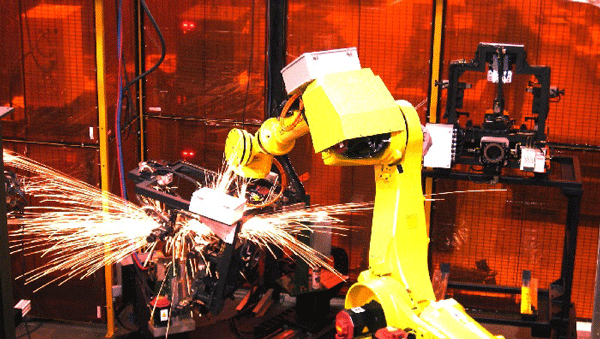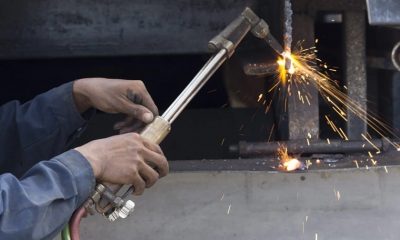Industrial Equipment
Automation: The Benefits of Industrial Acceptance
The manufacturing industries have never been smarter and more flexible, thanks to the innovative automated systems which are especially designed to handle a single or a simple series of tasks without “getting bored” of repetitive tasks. These highly specialized repetitive systems are not that common in practice yet, but a completely automated manufacturing facility is getting very close to reality. All the efforts for a smart and flexible manufacturing are directed at automating even the most cost-effective components of manufacturing processes. With the cost decreasing and the technology advancing, the manufacturing industries are starting to automate a larger part of their processes. Here are some benefits of industrial acceptance.

Decrease in Size, Increase in Power – Robotic automation components and control systems are becoming smaller in size, but they are being integrated as sub-systems within intelligent frameworks. Although they are decreasing in size, they are increasing in functional power (intelligence algorithms and processing speed) and decreasing in operational power.
Greater Intelligence
Thanks to the decrease in size and increase in power of automation components, the larger control systems are expected to become more intelligent and equipped with interconnected sensors and actuators. These systems will be much more flexible and adaptable to any manufacturing facility. If properly designed and installed, they might be able to configure themselves to recognize and operate various products.
High-Tech Manufacturing’s Ripple Effect
MEMS, computer chips and nanotechnology are widely used in today’s automated manufacturing processes. In fact, these cutting edge automation components are a must for every single automated applications in manufacturing industries, from specialized chip manufacturing to heavy construction processes.
Improved Connectivity and Communication
The new innovative automation components and systems largely depend on wireless infrastructure and bandwidth. Luckily for all the manufacturing industries, the wireless capabilities have significantly increased over the recent years, improving the connectivity and the communication as well. Moreover, the cost of connectivity doesn’t mean it is going to be sky-high, but it is very reasonable.
All these automation components have a multiplying effect on the advancing robotic manufacturing processes. Successfully implemented, automation can reduce the production costs and allow the automation to be incorporated even into traditional industries. The best automated system is not always the best one available on the market, but the most cot-effective variation. It is expected the cost of these automation components and systems to go down in the future, so that every manufacturing company can be able to use them.
Writing for the blog since 2012, Chris simply loves the idea of providing people with useful info on business, technology, vehicles, industry, sports and travel – all subjects of his interest. Even though he sounds like quite the butch, he’d watch a chick flick occasionally if it makes the wife happy, and he’s a fan of skincare routines though you’d never have him admit that unless you compliment his impeccable skin complexion.

























